Debunking Affordable Dental Care Myths: Prioritize Prevention
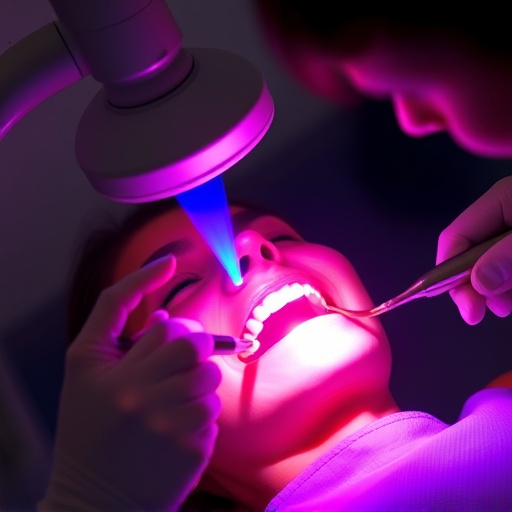
Affordable dental care is accessible through modern clinics prioritizing quality and accessibility……..
In an era where healthcare accessibility is a global concern, affordable dental care has emerged as a vital component in ensuring oral health for all. This article aims to delve into the multifaceted world of affordable dental care, exploring its definition, impact, and the various factors that shape its development and delivery. By examining international trends, economic implications, technological innovations, and policy frameworks, we will uncover the complex landscape of this essential healthcare service. Additionally, we will present case studies, analyze challenges, and provide insights into the future prospects of affordable dental care, ultimately highlighting its critical role in improving global oral health outcomes.
Definition: Affordable dental care refers to a range of oral health services that are accessible, cost-effective, and tailored to meet the diverse needs of individuals and communities. It emphasizes affordability, equity, and quality in dental care delivery, ensuring that financial barriers do not impede access to essential dental treatments.
Core Components:
Cost-Effective Services: This involves providing dental procedures at reasonable prices, including preventive care, basic diagnostics, fillings, extractions, and basic restorative treatments. The goal is to make these services affordable for the general population.
Community-Based Initiatives: Affordable dental care often takes a community-centric approach, focusing on reaching underserved populations through mobile clinics, school-based programs, and community health centers. These initiatives aim to bring dental care closer to people’s homes.
Public Health Focus: It places emphasis on oral health education, promoting awareness about preventive measures like proper oral hygiene, flossing, and regular check-ups. This aspect aims to reduce the burden of dental diseases at a population level.
Access and Equity: Ensuring that all individuals, regardless of socioeconomic status, race, or geographic location, have equal access to dental care is a cornerstone of affordable dental care. It addresses historical disparities in oral health outcomes.
Historical Context:
The concept of affordable dental care has evolved over time, influenced by societal shifts and increasing awareness of oral health inequalities. In the early 20th century, many countries faced challenges providing even basic dental care to their citizens due to limited resources and a lack of specialized professionals. As societies became more mobile and urbanized, the demand for accessible and affordable dental services grew. This led to the development of government-funded dental programs, community health centers, and private initiatives focused on reaching underserved communities.
Affordable dental care has made significant strides globally, with diverse approaches and outcomes across regions:
| Region | Approach | Key Achievements | Challenges |
|---|---|---|---|
| North America | Comprehensive insurance coverage, public and private partnerships | High access rates, advanced technological adoption | Rising dental costs, uneven distribution of services |
| Europe | Universally provided public healthcare, emphasis on preventive care | Excellent oral health outcomes, equitable access | Aging population, increasing demand for complex treatments |
| Asia-Pacific | Community-based programs, mobile clinics, and government subsidies | Success in reaching rural and underserved populations | Cultural barriers to dental care, limited specialized services |
| Sub-Saharan Africa | Non-profit organizations, volunteer dentists, and community engagement | Improved access in urban areas, growing private sector involvement | Limited resources, weak infrastructure, and high cost of imported equipment |
These regional variations highlight the diverse strategies employed to deliver affordable dental care, each shaped by cultural, economic, and social factors. International collaborations and knowledge-sharing have become increasingly important in addressing global challenges and promoting best practices.
The global dental care market is a significant industry, with various segments contributing to the delivery of affordable dental services. The preventive care segment, which includes routine check-ups, cleanings, and education, often forms the backbone of affordable dental programs due to its cost-effectiveness. According to a 2021 report by Market Research Future (MRFR), the global dental diagnostics market is projected to reach USD 34.7 billion by 2028, growing at a CAGR of 6.5% during the forecast period (2021 – 2028).
Investments in affordable dental care vary across countries, with some governments allocating substantial funds to oral health initiatives. For instance, countries like Denmark and Sweden have well-established public dental healthcare systems, while others, such as India and Brazil, have made significant strides in improving access through public-private partnerships and community-based programs. The private sector also plays a role, with dental tourism becoming a growing trend in many regions, offering affordable treatments to patients seeking cross-border care.
Affordable dental care has far-reaching economic implications. Improved oral health can lead to better overall health, increased productivity, and reduced healthcare costs associated with preventable dental diseases. A study by the World Health Organization (WHO) estimated that investing in oral health could result in significant cost savings for both individuals and healthcare systems globally. For example, preventive interventions like fluoride treatments and dental sealants can reduce the need for more expensive restorative procedures later in life.
Technological innovations have revolutionized affordable dental care, enhancing access and improving treatment outcomes:
Digital Imaging and 3D Printing: These technologies enable precise diagnoses, treatment planning, and personalized prosthetics at reduced costs. Digital X-rays and intraoral cameras provide detailed visual feedback, allowing for more efficient and accurate treatments.
Teledentistry: Remote dental care delivery through video conferencing and mobile applications has expanded access to dental professionals in remote areas. Teledentistry can include consultations, diagnostic imaging, and even limited treatment guidance.
Computer-Aided Design/Computer-Aided Manufacturing (CAD/CAM): CAD/CAM systems facilitate the efficient design and manufacturing of dental restorations, such as crowns and bridges, reducing the time and cost associated with traditional methods.
Laser Dentistry: Lasers offer precise and minimally invasive treatment options for various conditions, including gingival (gum) surgeries, tooth whitening, and cavity preparation. This technology can enhance patient comfort and speed up recovery times.
Mobile Dental Units: These are equipped with basic dental instruments and supplies, allowing dentists to provide care directly to communities that lack access to fixed clinics. Mobile units can reach schools, workplaces, and remote villages, bringing dental services closer to patients.
Policies and regulations play a pivotal role in shaping the availability and quality of affordable dental care:
National Health Insurance: Many countries have implemented universal health insurance schemes that include dental coverage, ensuring that basic dental services are accessible to all citizens. For example, countries like Canada, Japan, and many European nations have comprehensive public healthcare systems that prioritize oral health.
Licensing and Registration: Dental professionals must obtain licenses and register with regulatory bodies, ensuring they meet educational and competency standards. These regulations help maintain quality and safety in dental care delivery.
Public Health Policies: Governments often develop oral health policies focusing on preventive care, school-based programs, and community initiatives to improve oral health literacy and access.
Private Sector Regulation: In countries with a mix of public and private dental care, regulations are in place to prevent price gouging and ensure that private dentists adhere to quality standards.
International Agreements: Global health organizations like the WHO promote oral health through various initiatives and resolutions, providing guidelines and recommendations for affordable dental care delivery.
Despite significant progress, affordable dental care faces several challenges:
Financial Constraints: Limited government funding and competition for healthcare resources can restrict the expansion of affordable dental programs. Balancing the need for oral health services with other competing public health priorities is an ongoing challenge.
Rural and Underserved Areas: Providing dental care in rural and remote regions remains a significant hurdle due to a lack of dental professionals, limited infrastructure, and transportation challenges.
Stigma and Awareness: Oral health disparities are often compounded by cultural taboos surrounding dental care, especially in communities with limited access to information. Increasing awareness and reducing stigma are essential for encouraging regular dental visits.
Quality Assurance: Ensuring consistent quality in affordable dental care is crucial. Maintaining standard protocols, providing ongoing training, and implementing quality control measures are necessary to prevent substandard treatment.
Technological Divides: While technology offers solutions, access to advanced equipment and digital resources can be unequal, creating a divide between urban and rural areas or different socioeconomic groups.
The government of India launched the National Oral Health Mission (NOHM) in 2012, which includes a network of mobile dental clinics reaching underserved villages. These clinics are equipped with basic dental instruments and are staffed by dental professionals who conduct routine check-ups, cleanings, and simple procedures. NOHM’s innovative approach has improved oral health outcomes and increased access to dental care for rural populations, who previously had limited or no access to dental services.
Brazil’s “Saúde Bucal na Escola” (Oral Health in Schools) program is a successful public-private partnership that provides oral health education and basic dental services in schools across the country. This initiative focuses on preventing dental caries and promoting healthy oral habits among children and adolescents. By partnering with local schools, community dentists, and dental students, the program has achieved high participation rates and positive outcomes, setting a model for other low-resource settings.
In remote regions of Australia, teledentistry has been transformative. The TeleDentalservice provides virtual consultations and diagnostic imaging to dental practices in rural areas, connecting them with specialists located in urban centers. This service allows for complex cases to be remotely assessed, reducing the need for patients to travel long distances for specialist care. By leveraging technology, Australia is ensuring that rural communities have access to specialized dental services without the traditional barriers of distance and cost.
The future of affordable dental care looks promising, with several emerging trends and growth areas:
Integration of Telehealth: Teledentistry will continue to expand, becoming an integral part of dental care delivery, especially in underserved regions. Virtual consultations and remote monitoring can enhance access and reduce the need for frequent in-person visits.
Personalized Medicine: Advancements in genomics and artificial intelligence may lead to more personalized dental treatments tailored to individual needs and risks. This precision approach could improve treatment outcomes and prevent diseases.
Digital Dental Records: Electronic health records, linked with dental databases, will enable better data management, improved patient care coordination, and easier access to medical histories for dental professionals.
3D Printing Revolution: 3D printing technology will revolutionize dental prosthetics, making them more affordable, customizable, and accessible. From surgical guides to dental restorations, 3D printing can reduce costs and wait times.
Community-Based Prevention Programs: There will be a greater focus on community-level interventions, leveraging social networks, schools, workplaces, and community centers to promote oral health education and prevent dental diseases.
Affordable dental care is a complex yet critical aspect of global healthcare, deeply intertwined with societal well-being and equitable access to essential services. By addressing historical inequalities, improving access, and integrating technological advancements, this field has made significant strides. While challenges remain, particularly in reaching underserved populations and ensuring quality, the future outlook is promising.
As we move forward, a multi-faceted approach will be essential, combining policy reforms, innovative technologies, community engagement, and sustainable funding models. By learning from successful case studies and adapting best practices to diverse contexts, it is possible to create a more inclusive and accessible dental care system that improves oral health outcomes for all.
Q: How does affordable dental care differ from free dental care?
A: Affordable dental care refers to services provided at reasonable prices, ensuring accessibility without creating financial barriers. Free dental care, on the other hand, may imply no direct cost to patients but could still have indirect expenses and may not be sustainable in the long term.
Q: Can technology really make dental care more affordable?
A: Absolutely! Technological advancements enable efficient diagnoses, treatment planning, and delivery, reducing costs associated with complex procedures. Digital imaging, CAD/CAM, and teledentistry are just a few examples that make dental care more accessible and cost-effective.
Q: What role do governments play in promoting affordable dental care?
A: Governments play a pivotal role by implementing policies that ensure universal access to dental services through public healthcare systems or insurance schemes. They also fund community-based programs, provide regulatory frameworks, and partner with private providers to expand dental care availability.
Q: How can oral health disparities be addressed in underserved communities?
A: Addressing oral health disparities requires a multi-pronged approach. This includes increasing access to dental services through mobile clinics and community-based programs, promoting oral health education, improving transportation infrastructure, and addressing socio-economic factors that contribute to limited access.
Q: Are there any cultural barriers to affordable dental care?
A: Yes, cultural taboos and lack of awareness about oral health can be significant barriers. Community engagement, oral health education, and culturally sensitive approaches are essential to overcoming these challenges. Local community leaders and dentists can play a crucial role in promoting dental care acceptance.

Affordable dental care is accessible through modern clinics prioritizing quality and accessibility……..
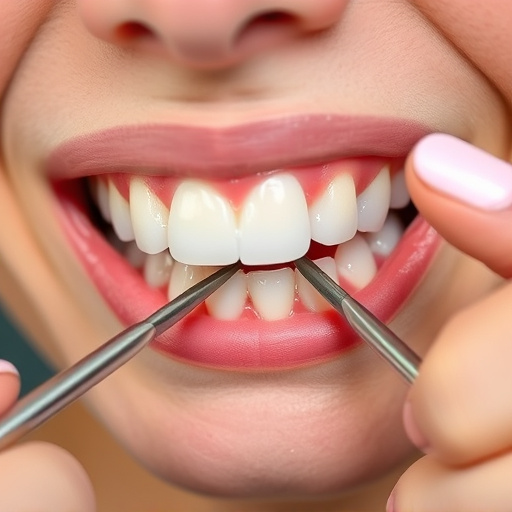
Community dental clinics and government-supported programs provide accessible and affordable dental…….
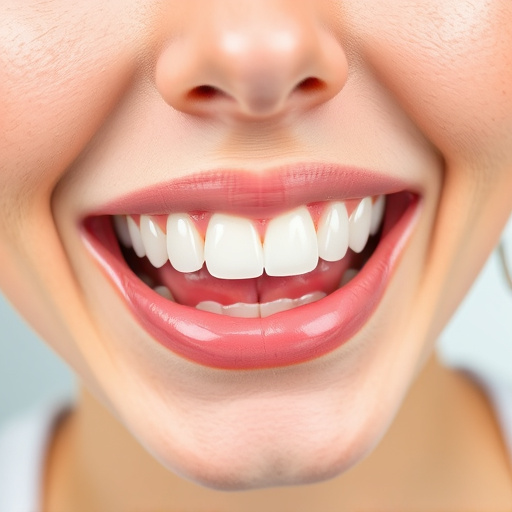
The global dental care affordability crisis is deepening, making oral health services inaccessible f…….

Before selecting an affordable dental care provider, assess your oral health needs and budget. Resea…….
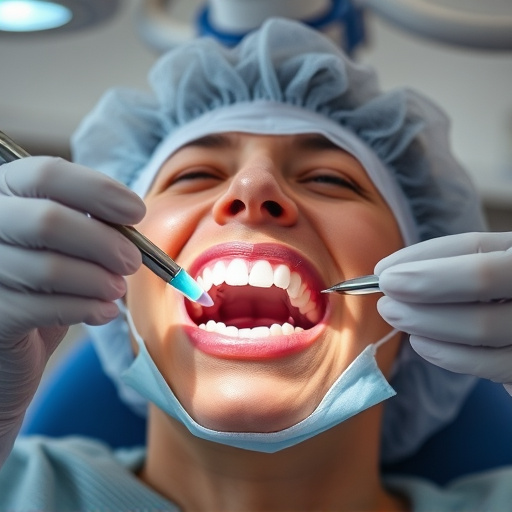
Community clinics and public programs offer subsidized or free dental care for low-income families……..
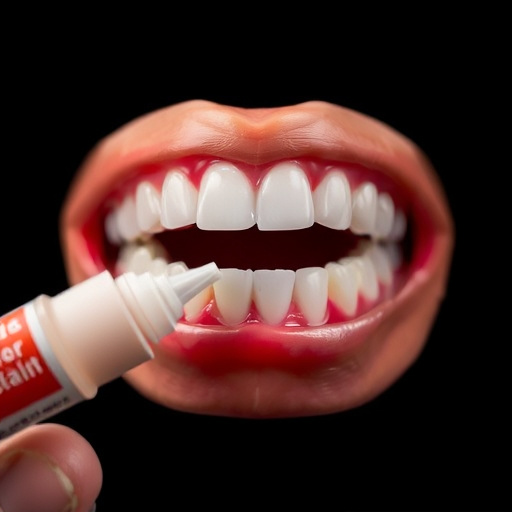
Online platforms revolutionize access to affordable dental care by offering tailored resources and t…….
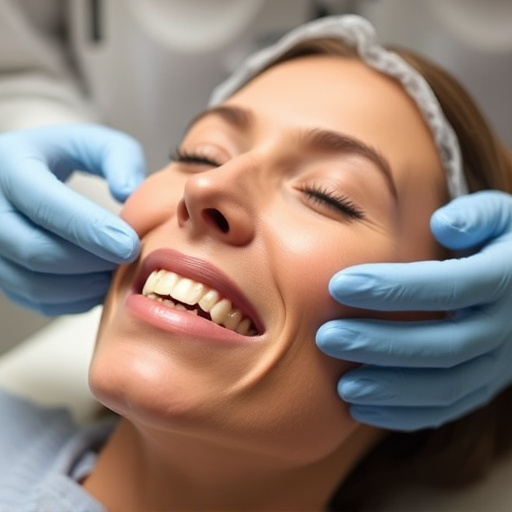
Affordable dental care aims to make oral health services accessible and preventative by offering tai…….

Dental schools offer affordable dental care, providing accessible and cost-effective options for var…….
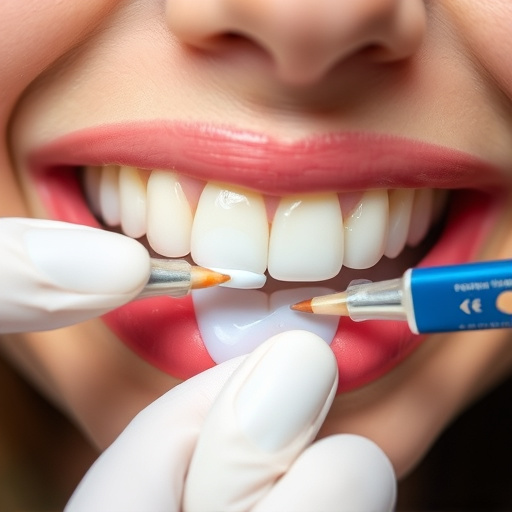
Veterans and military families can access affordable dental care through programs like TRICARE, VA h…….